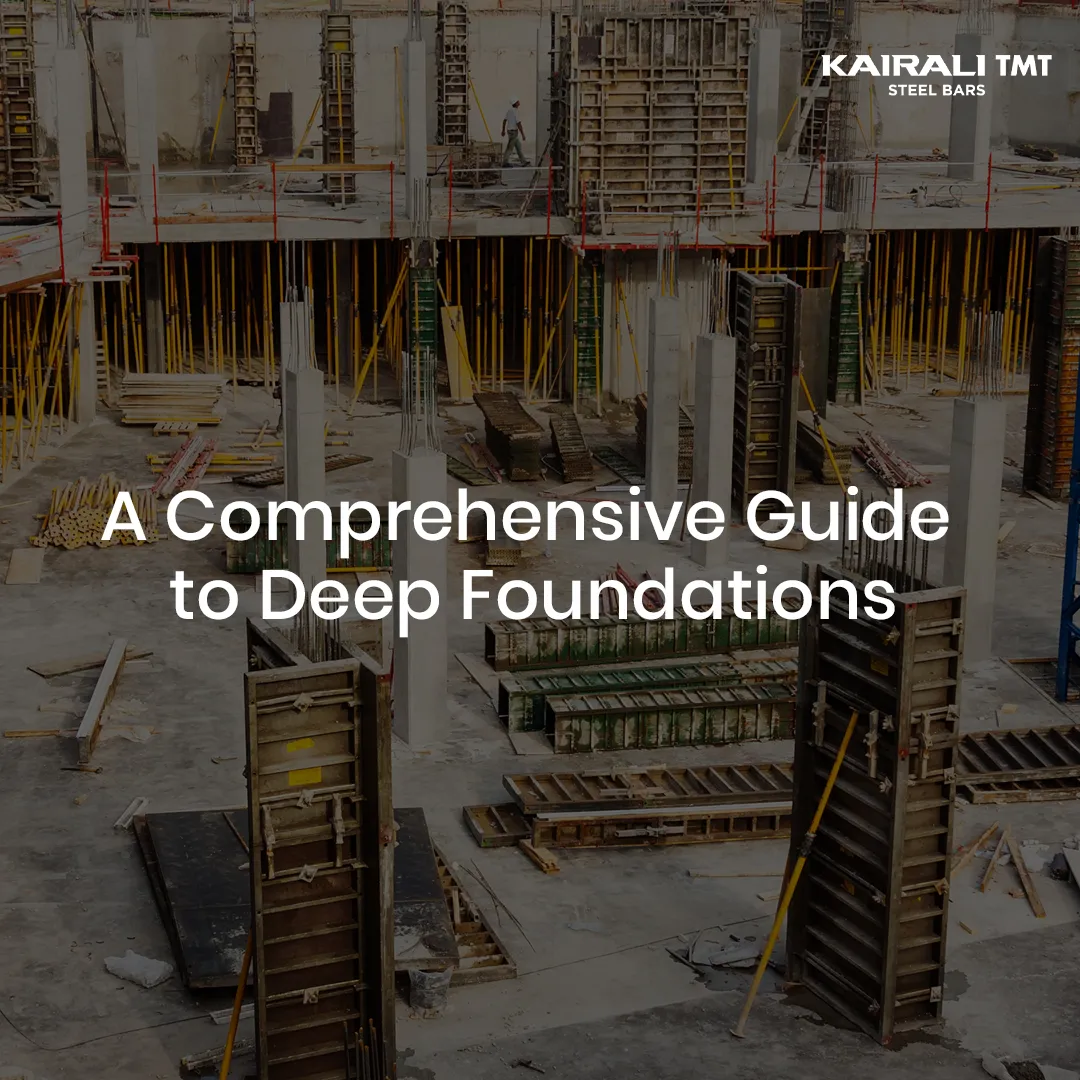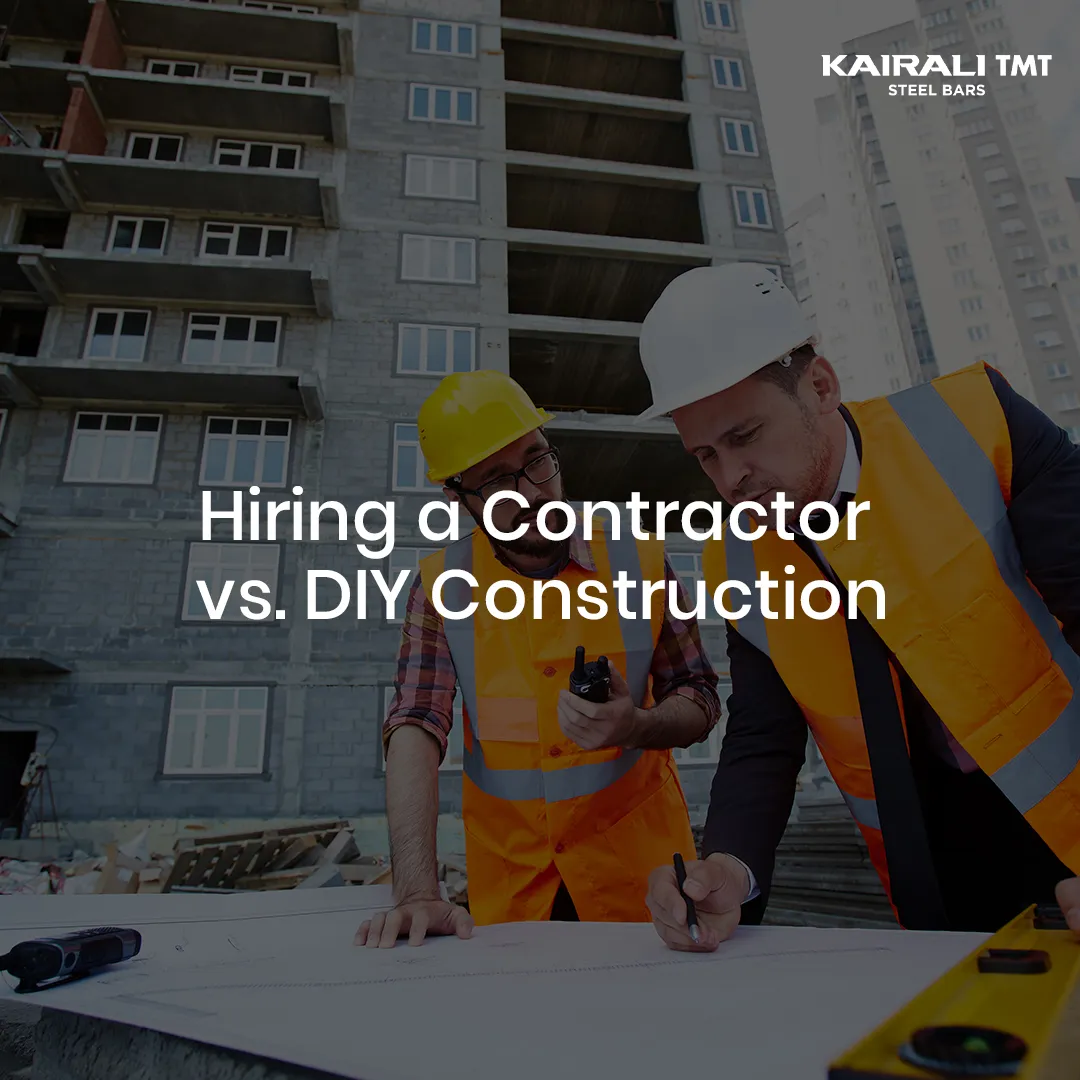Steel columns are an essential component of modern construction, providing strength and stability to buildings.
With their versatility and durability, steel columns have become a popular choice among architects and engineers.
In this blog, we will explore ten different types of steel columns commonly used in construction projects.
What Are Steel Columns?
Steel columns, also known as structural columns or pillars, are vertical load-bearing members used to support the weight of a structure. Basically, they transfer the loads from the upper parts of the building to the foundation, ensuring stability and structural integrity.
In one of our previous blogs, we have explained different types of slabs in construction. Likewise, let’s see the different types of steel columns.
- H-Beam Steel Columns
H-beam columns, also known as wide flange columns, possess excellent load-bearing capacity.
Their distinctive H-shaped cross-section provides greater structural support, accordingly making them suitable for heavy-duty applications.
- Box Columns
Box columns also referred to as square or rectangular columns, offer exceptional resistance against bending and torsional forces.
What’s more, this is perfect for high-rise buildings and bridges, providing stability and structural integrity.
- Circular Columns
Circular columns, as the name suggests, have a cylindrical shape. As a matter of fact, these columns distribute loads evenly and they’re ideal for stadiums, auditoriums, and other structures where you require large open spaces.
- Composite Columns
Composite columns combine steel with other materials such as concrete or timber. This combination enhances the overall strength and load-bearing capacity of the column, making it suitable for complex construction projects.
- Tapered Columns
Tapered columns have a gradually decreasing width from the base to the top. Consequently, this design allows for better weight distribution and reduces material usage. As for its application, If you are constructing tall buildings and skyscrapers, this column would be ideal.
- Lally Columns
Lally columns, also known as basement poles or jack posts, are used to provide additional support in residential and commercial buildings.
These steel-made columns are adjustable in height, making them ideal for reinforcing existing structures.
- Composite-Filled Steel Plate Columns
Composite-filled steel plate columns consist of a steel plate surrounded by concrete. This combination improves the column’s load-carrying capacity and provides fire resistance. If fire safety is a concern for your building, this type of column would be perfect.
- Pipe Columns
Pipe columns are made of steel pipes and are widely used in industrial structures, such as warehouses and factories. These columns offer excellent resistance against lateral forces and are popular for their durability.
- Steel Tube Columns
Steel tube columns are hollow cylindrical columns that provide high strength and stiffness.
Constructors typically use this in construction projects where aesthetics play a significant role, such as architectural designs.
- Built-Up Steel Columns
Built-up columns are created by combining multiple steel sections or plates to form a single column. This type of column offers excellent versatility that you can customize to meet specific design requirements.
Conclusion
Steel columns are crucial elements in modern construction, providing stability and strength to buildings of all sizes. The ten types of steel columns mentioned above offer a wide range of options for architects and engineers to choose from based on their specific project needs.
Whether it’s H-beam columns for heavy loads or circular columns for open spaces, each type has its unique advantages. Due to this, Steel Columns are sometimes opted for instead of Reinforced Cement Concrete columns. By understanding the different types of steel columns available, you can make informed decisions to ensure safe and durable structures.


